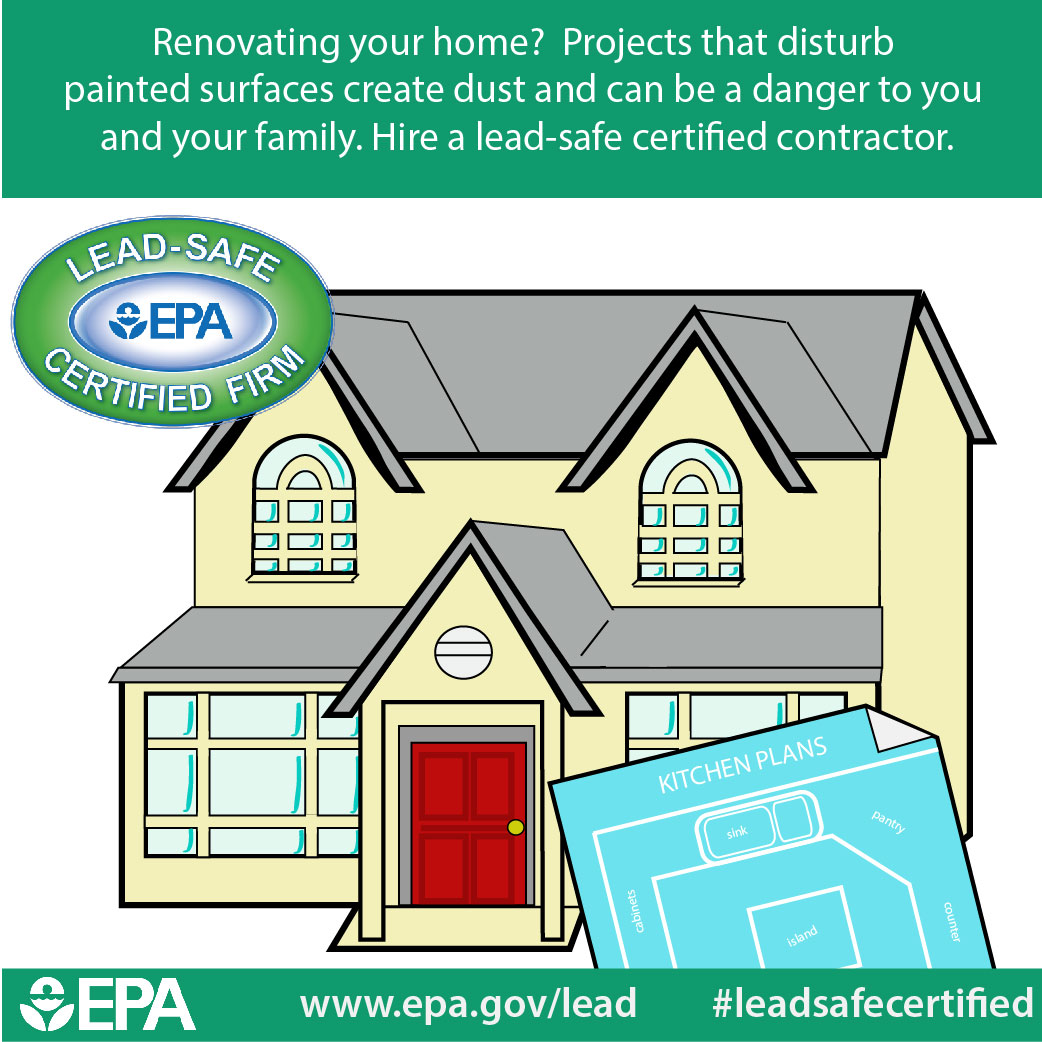Methodical Overview To Setting Up Your Wall Surfaces For Painting
Methodical Overview To Setting Up Your Wall Surfaces For Painting
Blog Article
Short Article Author-Bergmann Gustavsen
When you're prepping your wall surfaces for paint, it's crucial to adhere to a systematic procedure to make sure a perfect finish. Begin by analyzing the wall surface for any kind of damages; this step can make or damage your job. Once you've recognized any type of concerns, cleansing the surface correctly is essential, as an unclean wall surface can affect paint attachment. Afterwards, you'll require to spot any kind of imperfections and apply a primer. Yet there are specific strategies and suggestions that can boost your prep work game-- let's explore those more to achieve the best outcomes.
Assessing Wall Surface Problem
Before you get your paintbrush, take a moment to evaluate your wall surfaces' condition. Check for any kind of visible damage like splits, openings, or peeling off paint. These flaws can impact just how the paint adheres and looks once it's completely dry. If you see any type of considerable damage, you'll need to focus on fixings prior to diving right into paint.
Look closely at the texture of your walls. Is the surface smooth, or exists texture that might call for special consideration? Smooth walls normally require much less preparation, while textured surfaces may need more time to paint equally.
Additionally, think about the previous paint job. If relevant internet site is glossy, it mightn't allow new paint to stick appropriately. You'll would like to know if your walls have been repainted with oil-based or water-based paint, as this can impact your selection of primer or paint.
Finally, keep in mind of any type of wetness issues. If you see indications of water damage or mold and mildew, address these troubles immediately to avoid additional complications.
Cleaning the Surface area
When you've evaluated the condition of your walls, the next step is cleaning the surface. Begin by collecting your materials: a container, warm water, a mild detergent, a sponge or fabric, and a scrub brush for tougher areas.
Begin at the top edge of the wall and work your means down. Mix the cleaning agent with warm water in your container, after that dip the sponge or cloth right into the service. Wring it out to avoid extreme dampness on the walls.
As you clean up, pay attention to areas that might've built up dirt, oil, or finger prints. For persistent discolorations, make use of the scrub brush carefully to stay clear of damaging the paint below. Rinse your sponge or fabric regularly in tidy water to prevent spreading out dust around.
After cleansing, it's necessary to wipe the wall surfaces with a moist cloth to eliminate any type of soap residue. This action guarantees a smooth surface for the brand-new paint to follow.
Allow the wall surfaces to dry completely prior to proceeding to the next preparation actions. This complete cleansing process will help create a fresh canvas for your painting project, guaranteeing the very best results.
Patching and Priming
Patching and priming are essential steps in preparing your wall surfaces for a fresh layer of paint. Initially, examine your walls for any openings, fractures, or imperfections. Make use of a top notch spackling substance or patching paste to fill up these areas.
Use the compound with a putty knife, smoothing it out so it's flush with the bordering surface area. Allow it to completely dry totally, and then sand it lightly till it's smooth and even.
When painting company oklahoma have actually covered everything, it's time to prime. Guide helps seal the covered locations, making certain the paint sticks effectively and gives a consistent coating. Choose a primer suitable for your wall type and the paint you'll be making use of.
Use the guide using a roller for bigger areas and a brush for corners and edges. If your covered areas are dramatically huge or porous, you may wish to use a second coat of primer after the very first one dries.
After priming, allowed every little thing dry completely prior to carrying on to paint. This prep work will not just improve the look of your walls however likewise extend the life of your paint task.
Take your time, and you'll be pleased with the results.
Verdict
By adhering to these basic actions, you can achieve a smooth and professional coating on your wall surfaces. Start by analyzing their condition, then tidy and patch any flaws before applying guide. Keep in mind to allow adequate drying time and make certain everything is smooth prior to you study paint. With the right preparation, you'll establish the stage for a beautiful makeover in your space. Now, gather your materials, take in the fresh air, and prepare yourself to repaint!
